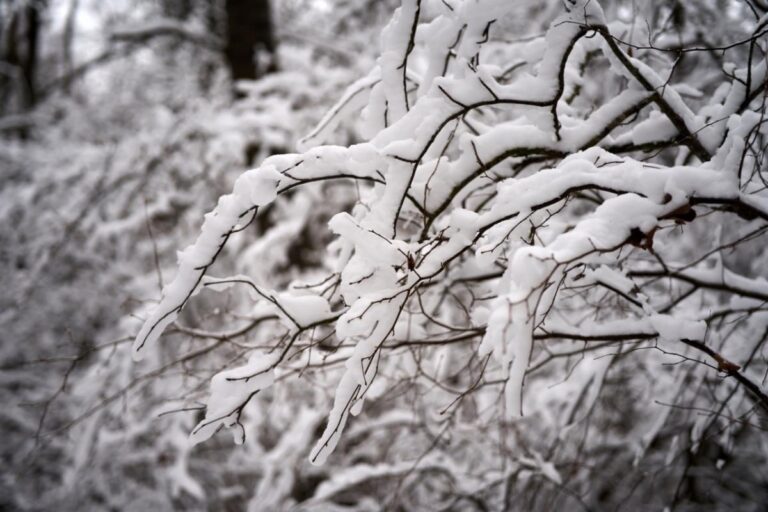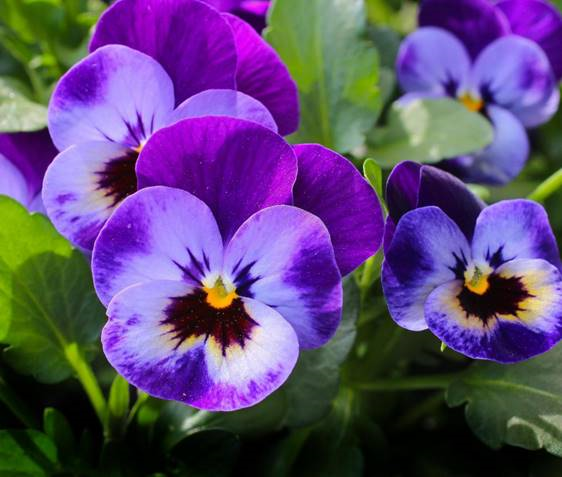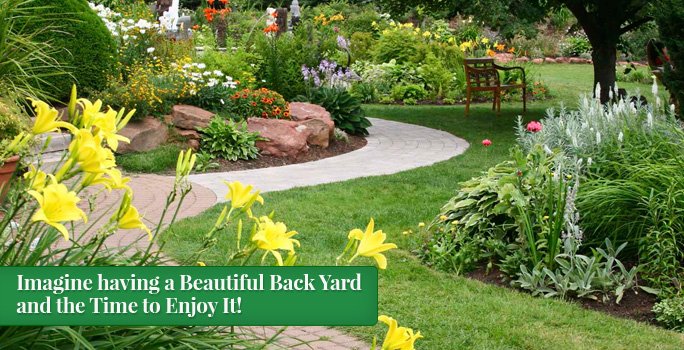
Springtime in the Rockies is usually a roller-coaster ride of nice days with warmer temps and colder days that bring heavy snows.
And March, as we all know, tends to be the snowiest month. For many plants, this transition time into spring can be the most challenging time of year. Snowfalls from this point forward tend to pack more moisture, and that added weight is more stressful on plants.
Here are some coping strategies to help your plants:
Damp snow will cling to every branch and twig, and the cumulative effect can lead to cracked and broken limbs. If it’s possible to reach high in the tree with a long pole – such as a broom handle that has an extension, it’s a good practice to gently shake snow from the tree. Be sure to work from the bottom of the tree upward, so that when snow falls from the higher branches it does not add more weight to already snow-laden lower ones.
Even later storms that drop snow on trees that have started to leaf out will hold more snow as it clings to the leaves. Gently shaking limbs in these storms is even more critical. If there’s a hard freeze after trees break bud – either leaf bud or flower – it will normally kill those buds. Leaves will come back from a secondary bud, but flowers will not bud again and this will also mean fruit loss. The good news is the freeze will also kill seed buds on trees like ash and elm that drop seeds that require clean-up later.
Many herbaceous shrubs have weak wood and long, pliable branches that make them susceptible to wind and snow damage. Examples include Russian sage, golden elder, sumac, pussy willow, blue mist spirea and dark night spirea.
Any branch that has been broken by the weather (and this includes trees) should be pruned back. Those rips and breaks are an open invitation to pests and disease of all kinds.
- Protect these plants with timely pruning:
A little maintenance now can save more work and treatment costs later.
Most people prefer to leave dried ornamental grasses standing in the garden for the winter because of the beauty provided by their shape and swaying plumes. Under heavy snows, however, many of these grasses can be crushed, so they should be protected or pruned beforehand.
These grasses won’t bounce back to their upright shape, so they should be cut back. Cutting these plants back after a March snowfall is actually good timing since it’s best to have old growth well out of the way before new shoots emerge.
Click “DO IT FOR ME” to request a FREE quote.

Source: customer-service@bestyard.com in collaboration with Associated Landscape Contractors of Colorado




























